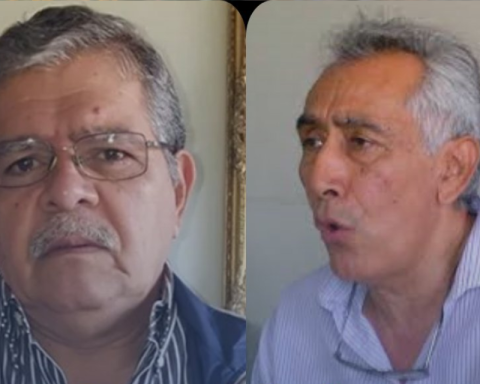Being prevented from making purchases on installments, not getting loans at the bank, having a credit card denied are some of the consequences for those who have a negative CPF. To find out if your name is in this condition, you need to consult the register of companies specializing in this service, which records consumer default. The data are passed on by companies that hired the consultancy, forming a database. 
“When a company is going to grant a credit, it consults the CPF and checks the consumer’s history over the last five years. The more debts he has in his history, the worse the payer he is classified and the less credit he will get in the market”, explains Aline Maciel, manager of Serasa, one of the companies that provide the specialized service.
While companies that hire the service can consult any CPF, the consumer can only check their situation on the available platforms. To know if it is negative, it is necessary to make a record informing full name and date of birth, which will generate a Login and a password. For free, in addition to Serasa, it is possible to consult the credit access condition at the Central Credit Protection Service (SCPC), which is managed by Boa Vista. At SPC Brasil, the service is paid.
When accessing the platform, the consumer knows if he is considered a good or bad payer, in addition to negotiating the debt with the intermediation of the credit consultation company. The period to be negative depends on the state – in São Paulo it is 20 days, but in others the period is shorter, ten days. Debts can be consulted, settled or paid in installments. Serasa, for example, has a record with almost 65 million non-paying CPFs, which adds up to more than 200 million debts.
Aline Maciel explains that the prescription of the CPF negation, which occurs after five years, concerns the name appearing in the register. “That debt no longer restricts the consumer’s credit, but he continues to owe”, she says. In the Serasa register, for example, the consumer, even having left the credit restriction, can consult the debts and negotiate them.
The manager warns of the risks of fraud, with sending false slips for debt negotiation. “The fraudsters trigger people through WhatsApp, they give a super low condition, and people who are already in debt end up paying these fraudulent boletos. The consumer should look at the ticket to make sure it is real”, she highlights. It also advises that platforms or companies where the debt was contracted should be sought to confirm the negotiation offer.
















